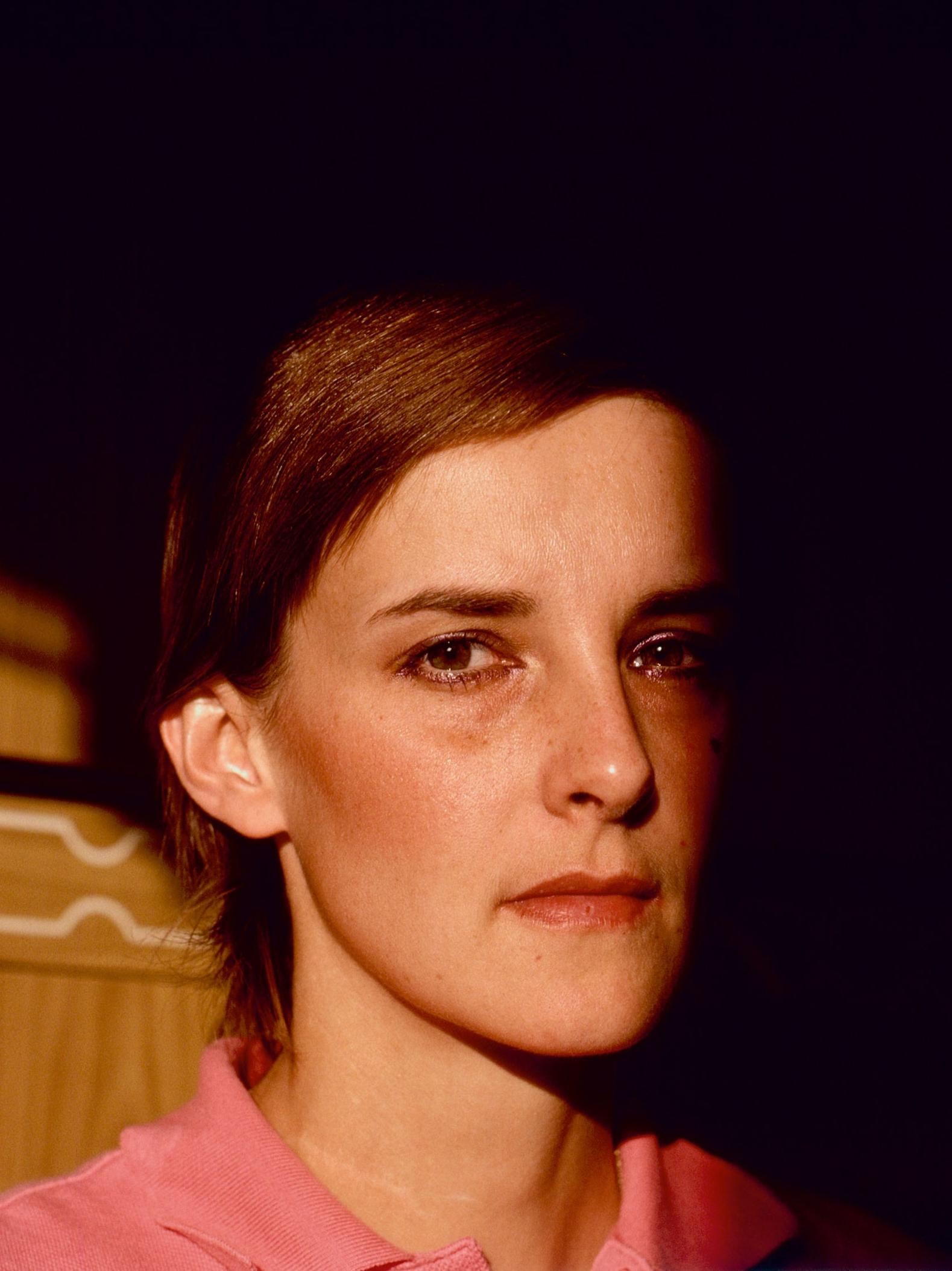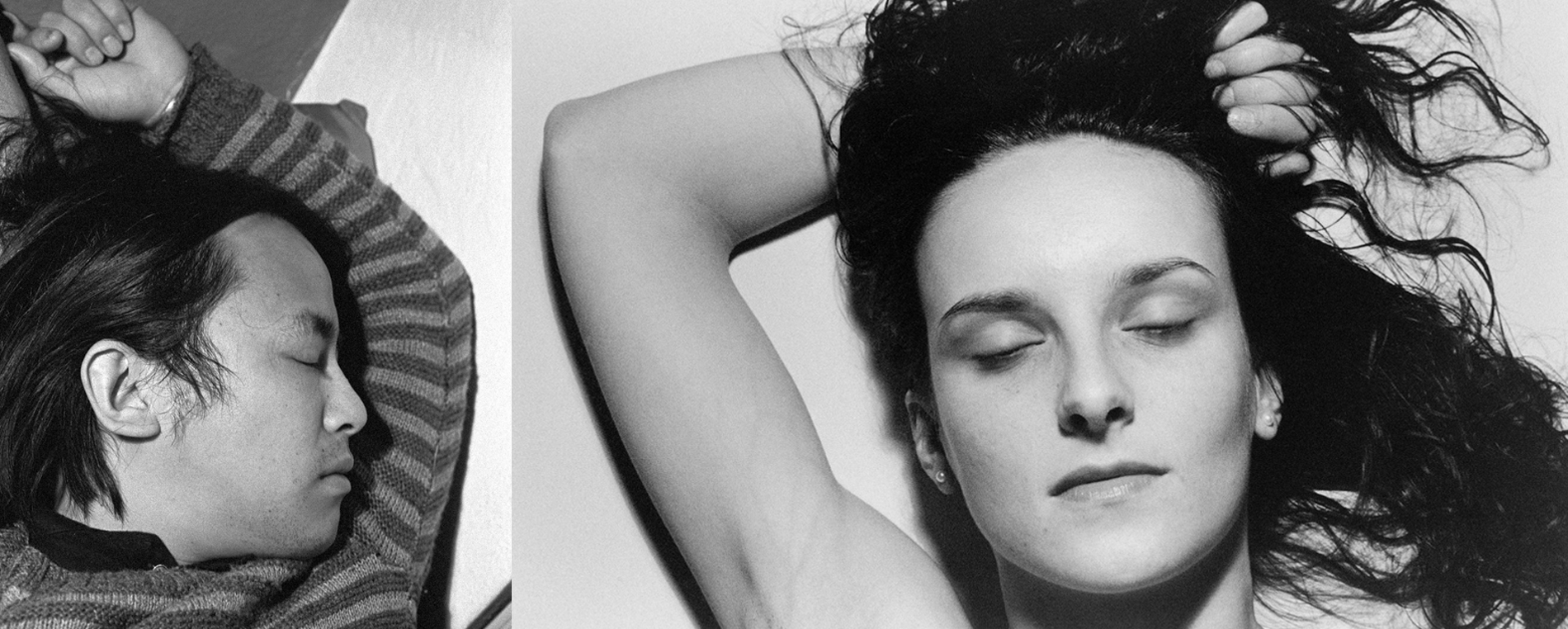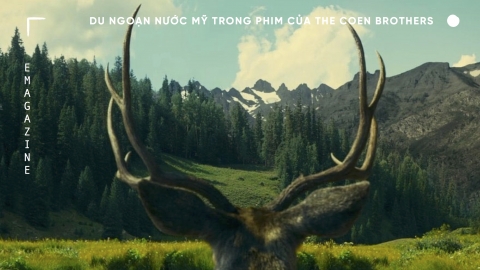It has been more than two years since I first met her. The first movie we saw together was “Harakiri”. A year ago, we got married. I started taking pictures of her from the day we met. In her, I saw the image of a woman appearing before my eyes - a model, sometimes of the woman I love, sometimes of the woman who belongs to me. A woman who means so much to me, I feel it is my duty to continue taking pictures of her. If we consider photography, in a certain sense, as preserving space and time, then this work - the work of recording a person's life - is particularly touching. When I face her, when I take her pictures and when I look at her in the pictures, I also see and discover myself.
(Seiichi Furuya, Graz, 1980)
Part 1: Mémoires - Memories
Portrait of Christine Furuya-Gössler in 1979
In 1973, photographer Seiichi Furuya left his native Japan for Europe via the Trans-Siberian Railway. His life and work were turned upside down when he met Christine Gössler, an Art History student in Graz, Austria, in 1978. After just a few months of dating, they married and had a son, Komyo.
At first, Seiichi Furuya's photography focused mainly on everyday scenes in Eastern European cities, but after meeting Christine, he became passionate about taking portraits of his wife, either alone or with Komyo. With his camera, Seiichi documented their free-spirited life in Iron Curtain Europe: travel, cigarettes, apartments that seemed to have timeless beauty... In 1984, the family moved to Dresden, then settled in East Berlin. At that time, photography was not yet Seiichi's main profession, but he worked as an interpreter to make a living. Eventually, he started an art magazine - theCamera Austria, while Christine was attracted to a career in the theater.
During their seven years together, Christine battled depression and was in and out of psychiatric hospitals. On October 7, 1985, the day marking the 36th anniversary of the founding of the German Democratic Republic, Christine – who had been diagnosed with schizophrenia – jumped to her death from the ninth-floor window of their apartment building in East Berlin.
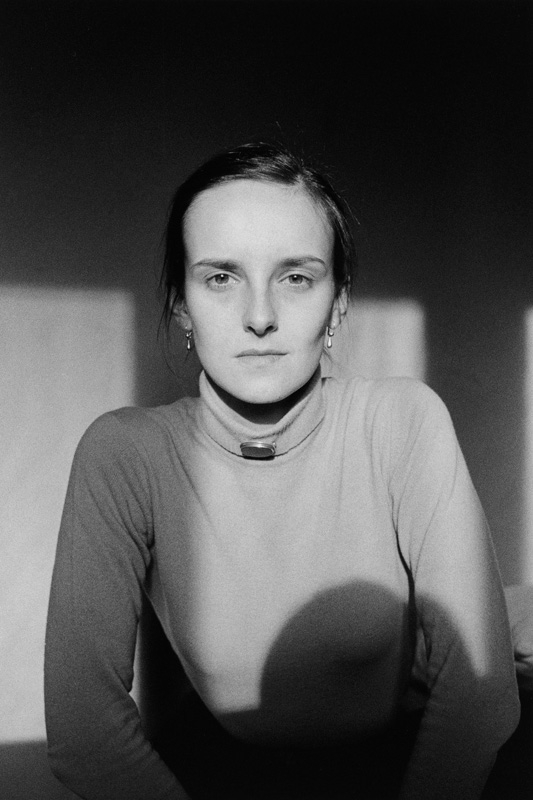
Graz, 1979

Graz, 1979
Seiichi Furuya is haunted by a past of emotional deprivation. His younger brother suffers from a permanent mental illness caused by a childhood fever, and must receive treatment for the rest of his life. Seiichi was also once trapped under a car in an accident caused by his drunken father.
Christine also went through a difficult time emotionally. Her previous fiancé broke off their engagement, and she fell into a deep depression that led to suicidal thoughts. There were times when she tried to free herself by slitting her wrists and throat. She did not tell Seiichi the reasons behind her actions until many years after they were together.
Two sensitive people found each other, they lifted each other up and built a new life. Almost immediately, Christine became Seiichi's subject of photography, his eyes only saw her, and she was the only thingIyour.
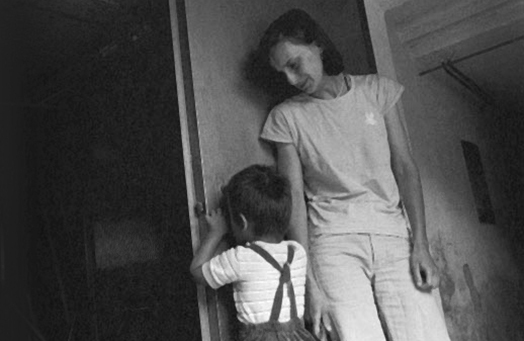
© s.furuya
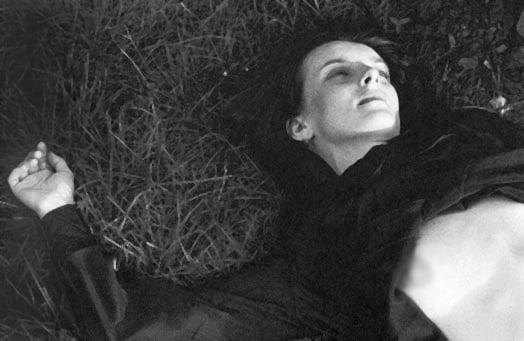
© s.furuya
Sometime around noon on October 7, Christine was supposed to be preparing lunch when she disappeared. The parade marking the 36th anniversary of the founding of East Germany was being broadcast, and I was keeping an eye on Komyo and taking pictures of him, and I had a bad feeling. I hurried down the hall to the bedroom but couldn’t find her. The apartment door was half open.
Running out of the fourth floor apartment, I immediately went up to the ninth floor. As soon as I ran up the stairs, I heard a sound.thud. It sounded like a bag of cement hitting the ground.
The ninth floor was not accessible from the outside, but there was a connecting passageway for people to travel between the neighboring residential areas. Once, she muttered to herself, and perhaps it was also a sign for me to help in a moment of crisis, "If you jump from here, you will definitely die, right?" I couldn't help but think back to that moment, remembering the sound I had just heard, when I saw the rubber slippers neatly arranged under the open window.
"Ko-chan. Mom is dead."
"Did you kill mom?"
"YES."
There's no way of knowing if Komyo remembers that conversation. To this day, I regret saying, I killed her.
(Christine Furuya-Gössler Memoires, 1978-1985)
During their years together, Seiichi frequently photographed his wife, although it would be wrong to describe Christine as his muse. Seiichi’s photographs were casual and simply captured the moments of the day, much like our inseparable relationship with media in modern society. But decades later, his late wife remained the main subject of the photographer’s work. After Christine’s death, from 1989 to 2010, Seiichi published a series of books calledMemories(Memoirs), a five-volume photo book containing portraits of her and of their relationship during their short life together.

Graz 1979 - © s.furuya

London 1979 - © s.furuya

Graz, 1979 - © s.furuya
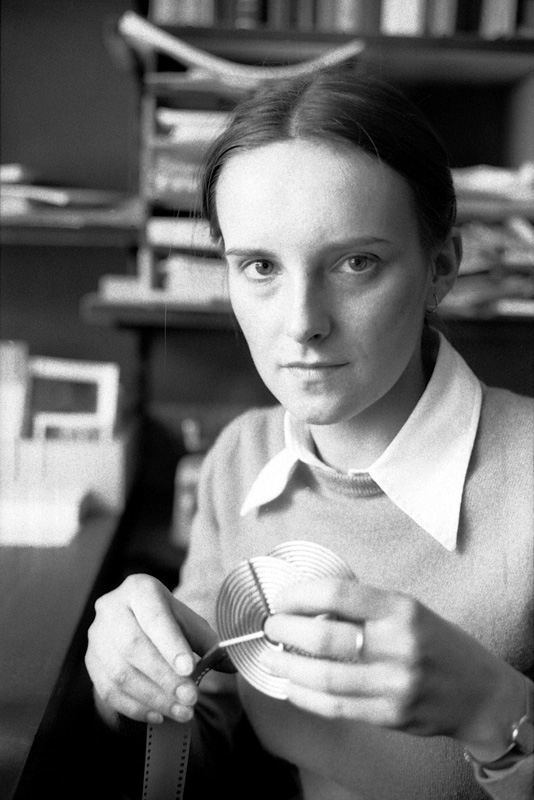
Graz, 1979 - © s.furuya
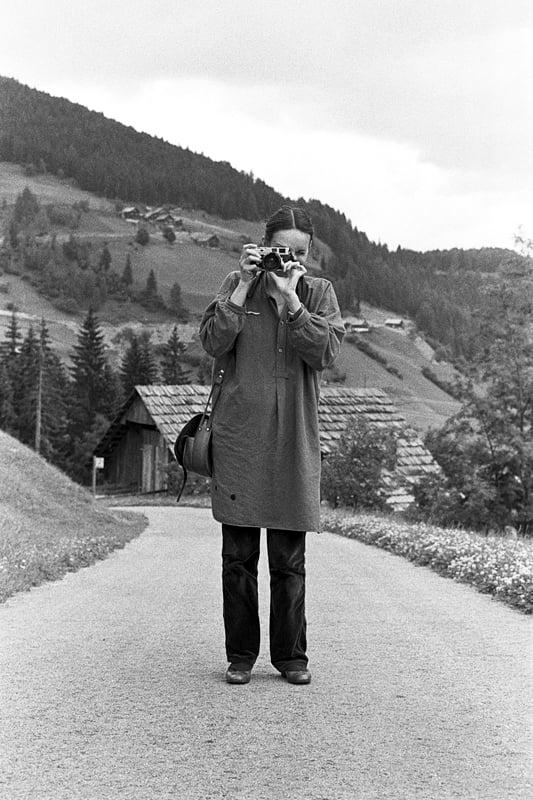
Stal, 1979 - © s.furuya
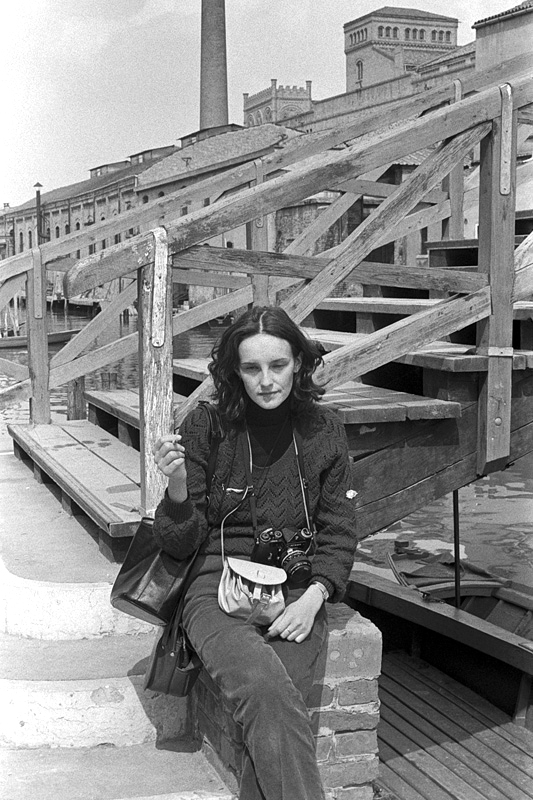
Venice, 1979 - © s.furuya
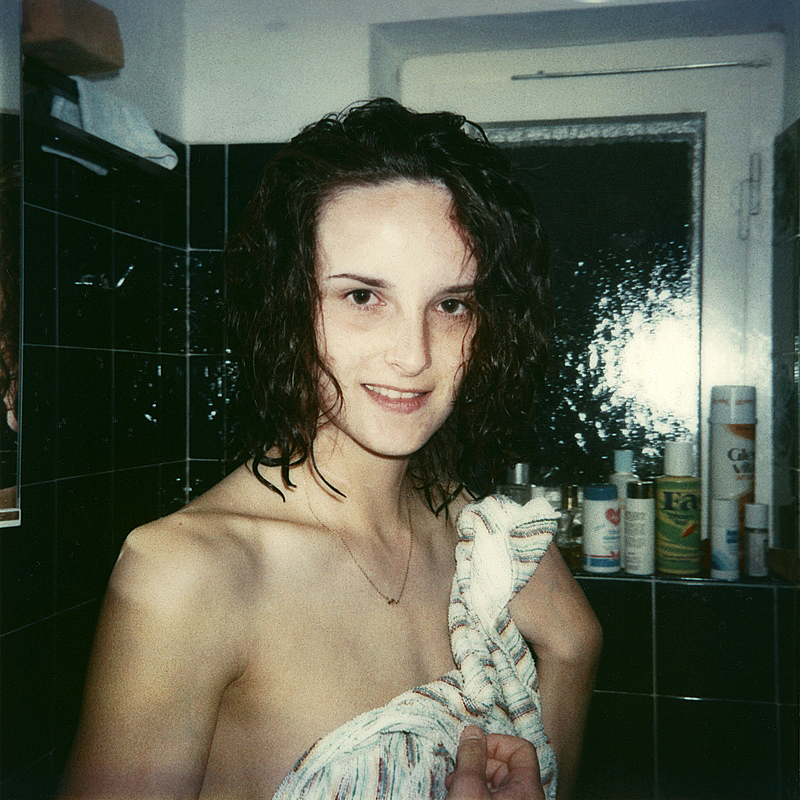
Graz, 1979 - © s.furuya
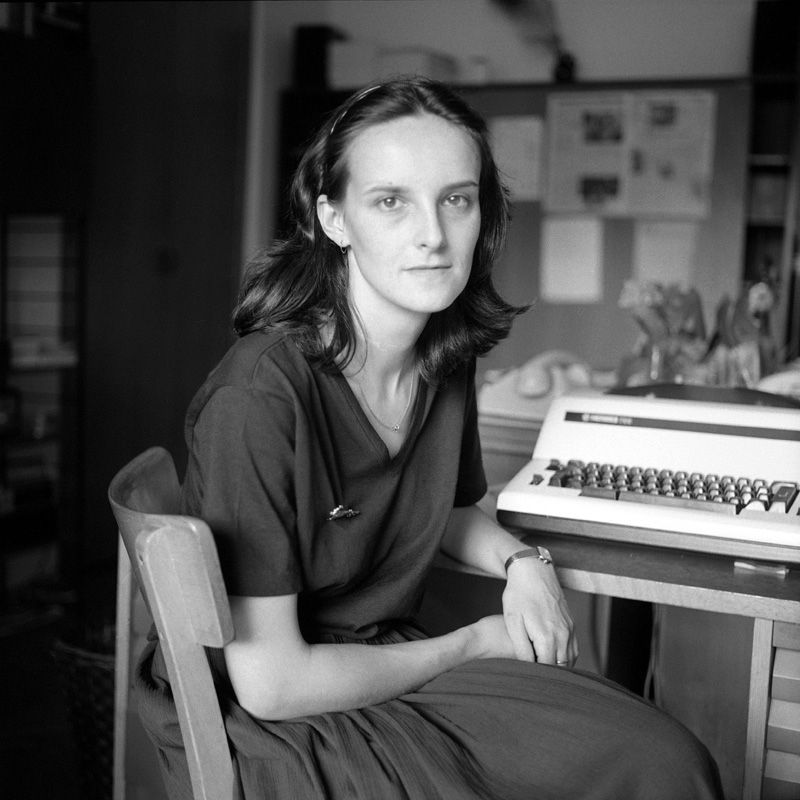
Graz, 1979 - © s.furuya
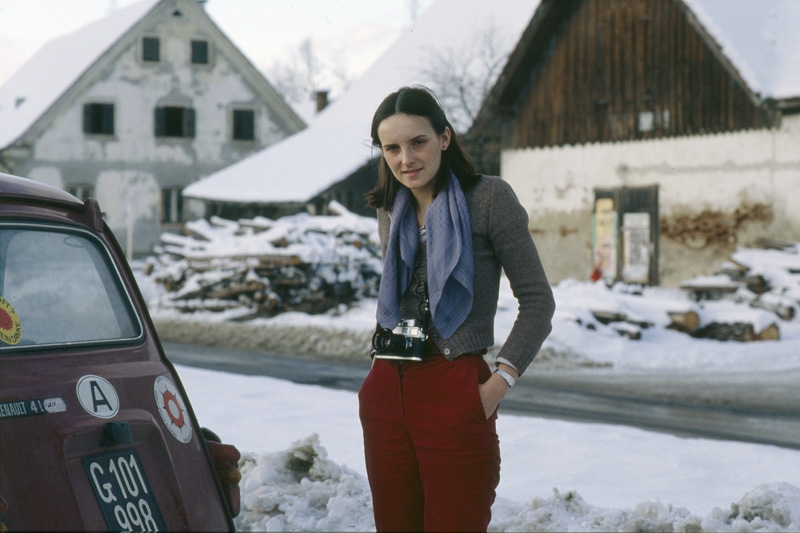
Ilztal, 1979 - © s.furuya
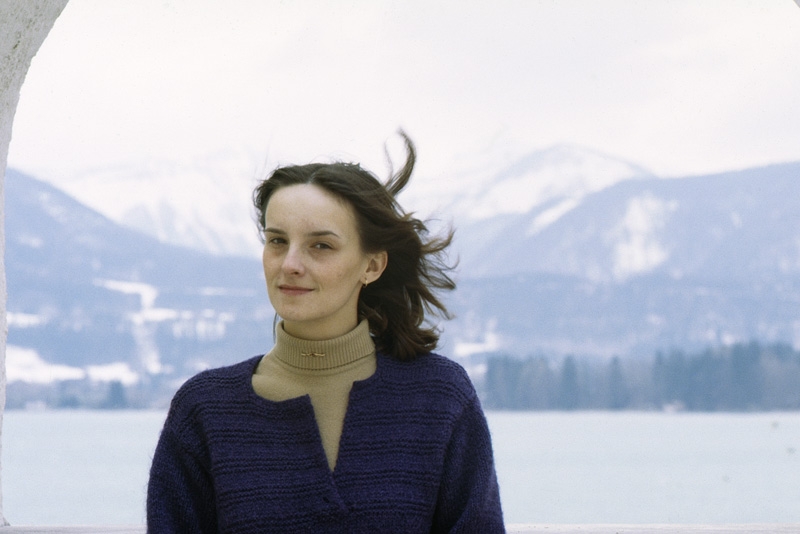
Bad Ischl, 1979 - © s.furuya

Vienna, 1979 - © s.furuya
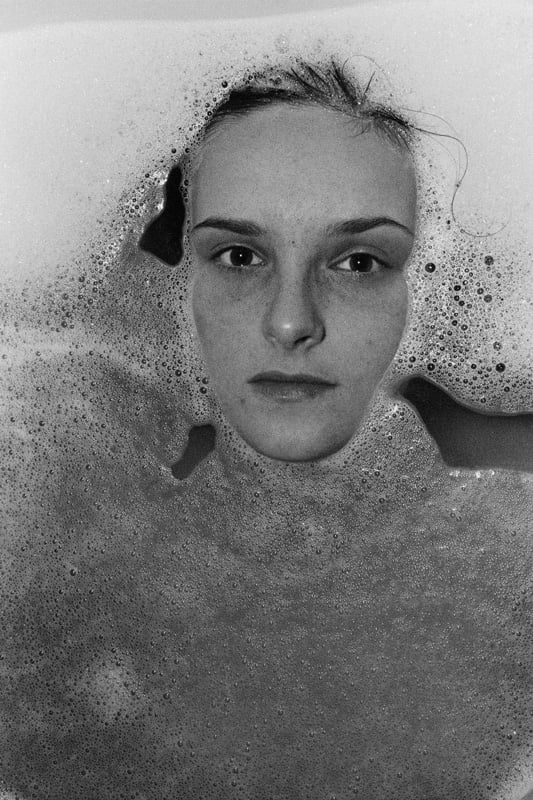
Graz, 1979 - © s.furuya
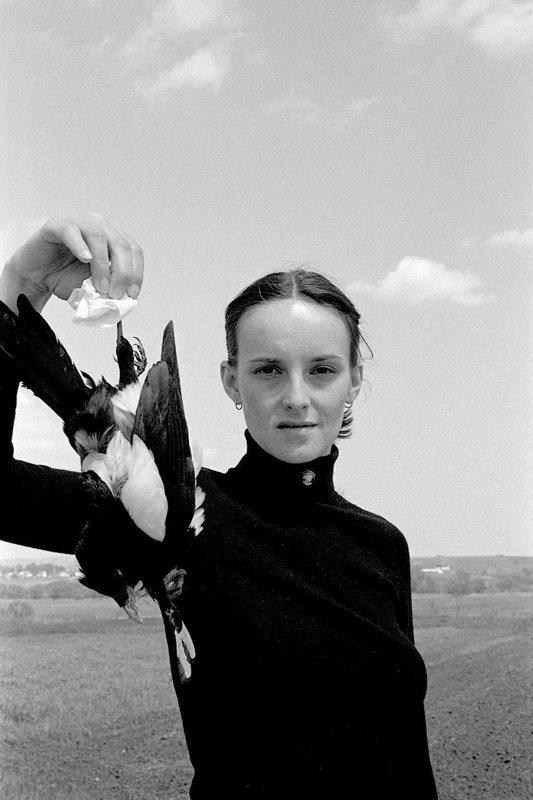
Güssing, 1979 - © s.furuya

Graz, 1979 - © s.furuya
Part 2:Face to Face-Together
35 years after her death, Seiichi Furuya placed photos of himself and his wife side by side.
In 2018, Seiichi Furuya found a few photos of himself, taken by Christine Gössler with a 35mm compact camera at the exact moments he had photographed her. Some of the photos – taken in their homes, during their stays in Germany, Japan, Italy or Austria – almost look like the two of them are imitating each other, while others form a posesomehowwhen placed side by side. They reveal a strange connection, even in the simplest moments of life.
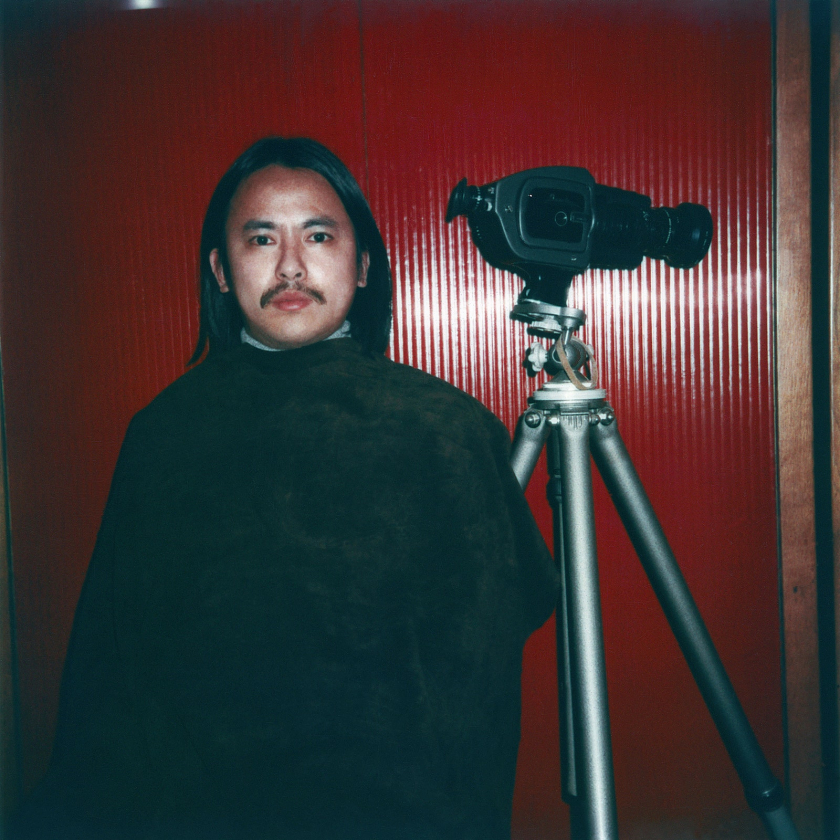
Graz, 1978 - © Christine Gössler/Chose Commune
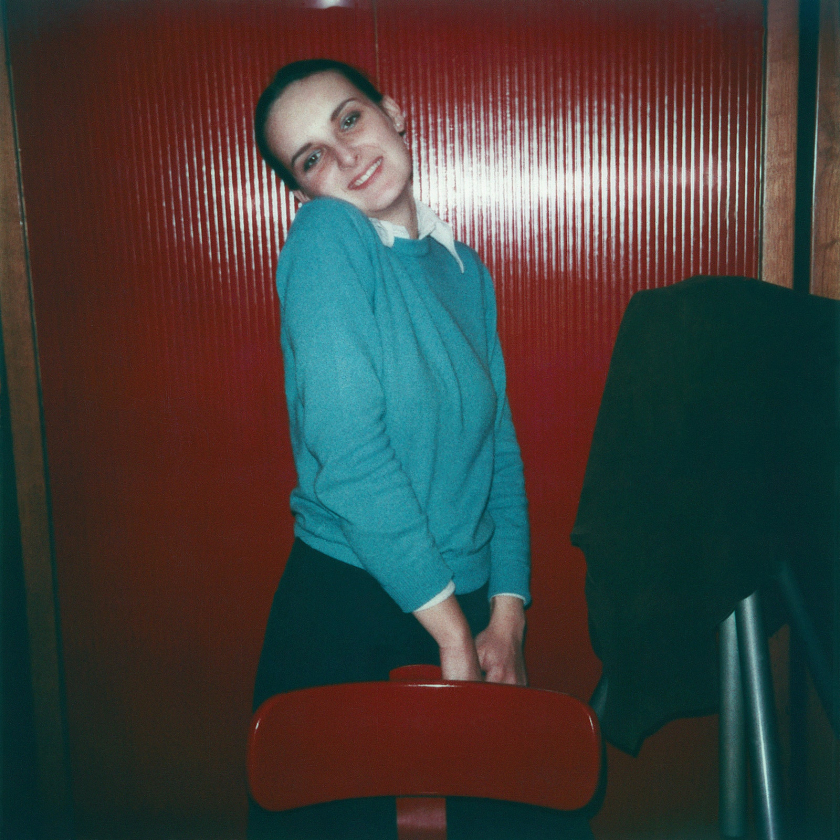
Graz, 1978 - © Seiichi Furuya/Chose Commune
In 2020, Seiichi Furuya released a photo bookFace to Face(Together), which consists of 150 pairs of photographs taken by the two over the seven years of their marriage, from the day they first met until Christine's death. Seiichi sees this new project as a final act to put an end toMemories, the work of a lifetime.Face to FacePublished by Chose Commune, a private French publisher based in Marseille.
Face to Facepresented simply: when we open two pages, we see her first, then we see him. Sometimes they appear against the same background: a blue sofa, a plastered wall in a house, with a flower pot in front of them... Sometimes they are naked. Sometimes there are other people beside them. Sometimes the photo is only black and white. Most of the time, the two of them are just posing for a moment, like a flash in life.
The book is arranged so that Christine’s photographs appear mostly on the left-hand page, opposite her husband’s on the right. There are times when the photographs don’t follow this pattern, as in the photo where they are sitting backlit, and the shadows obscure the outlines of their faces.
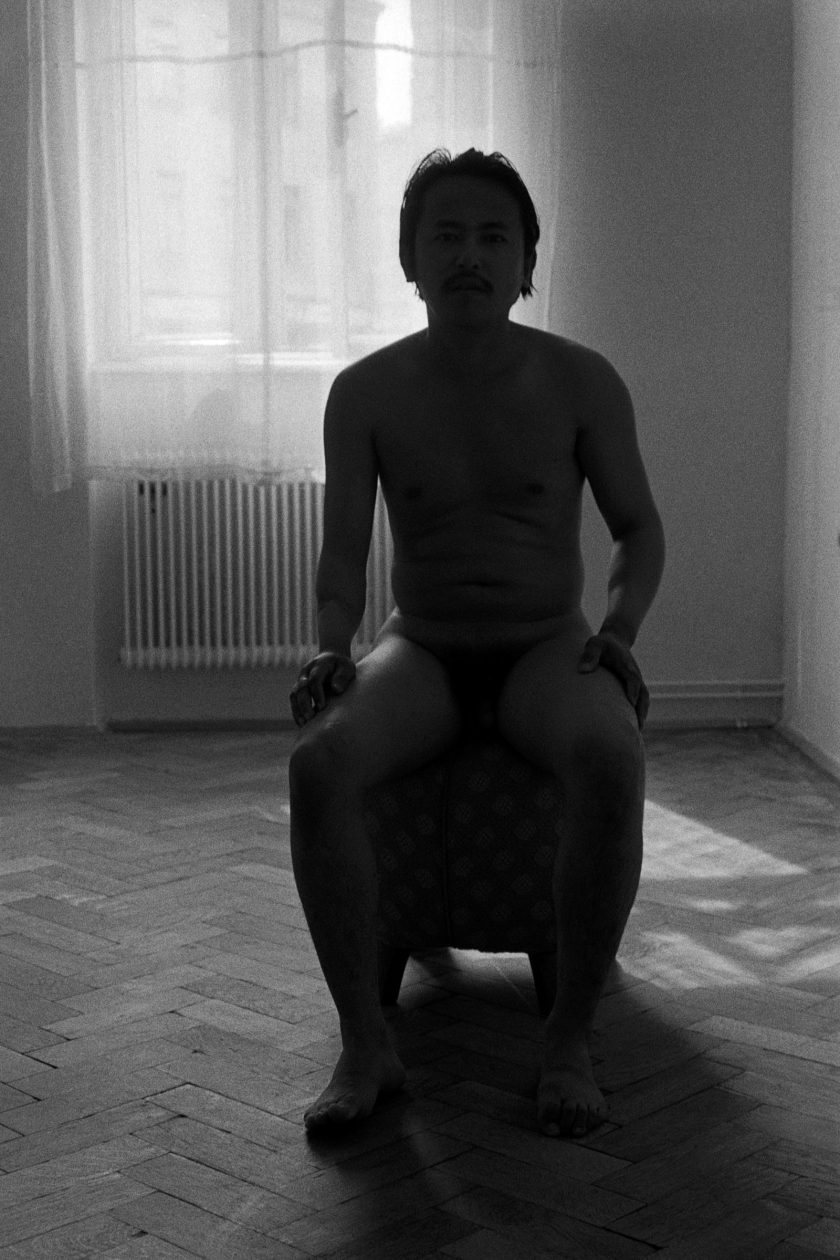
Vienna, 1980 - © Christine Gössler/Chose Commune
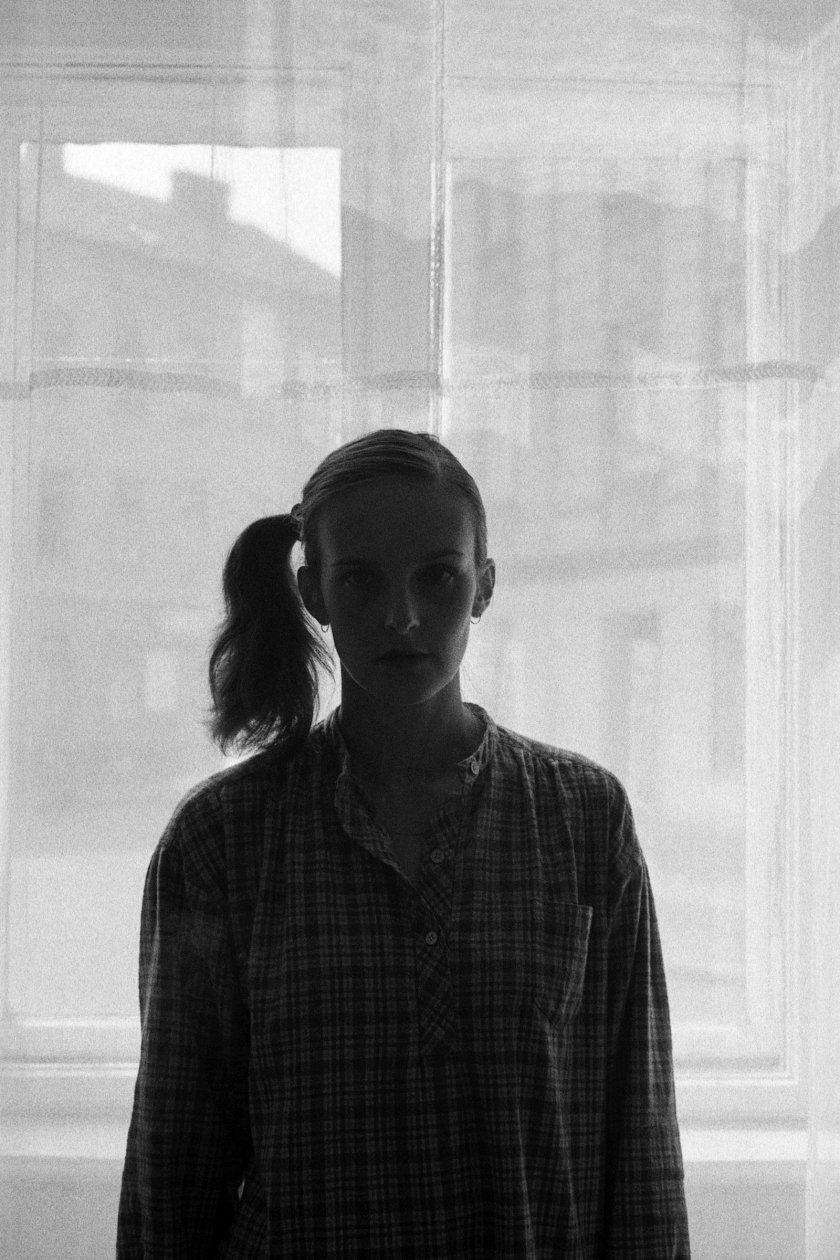
Vienna, 1980 - © Seiichi Furuya/Chose Commune
Seiichi's photographs of Christine express his pride, his affection, his desire, and perhaps his possessiveness. If Christine's photographs of Seiichi are also works of art, then for her they are more like an intimate game, a way of showing that she sees him, as clearly as he sees her. They are a message, sent even after decades, that she remembers him.
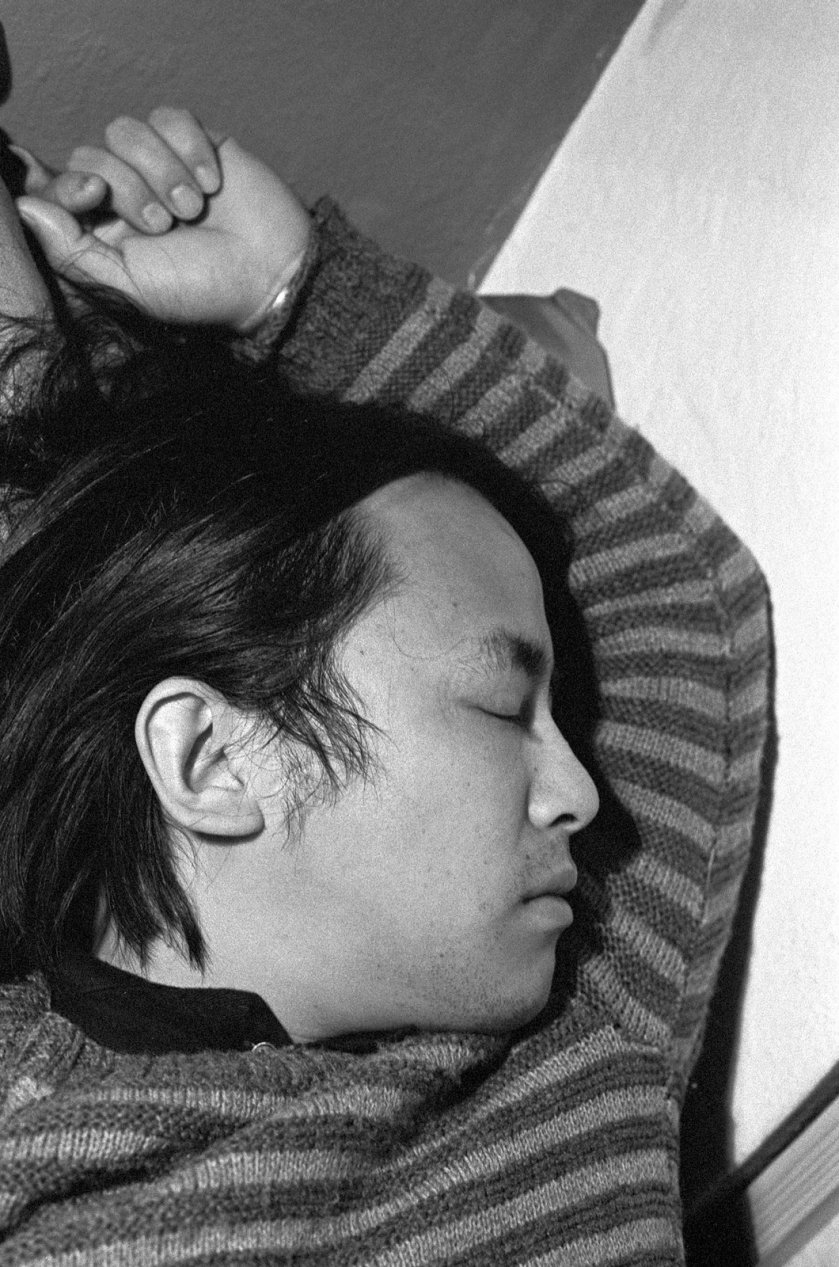
Graz, 1980 - © Christine Gössler/Chose Commune
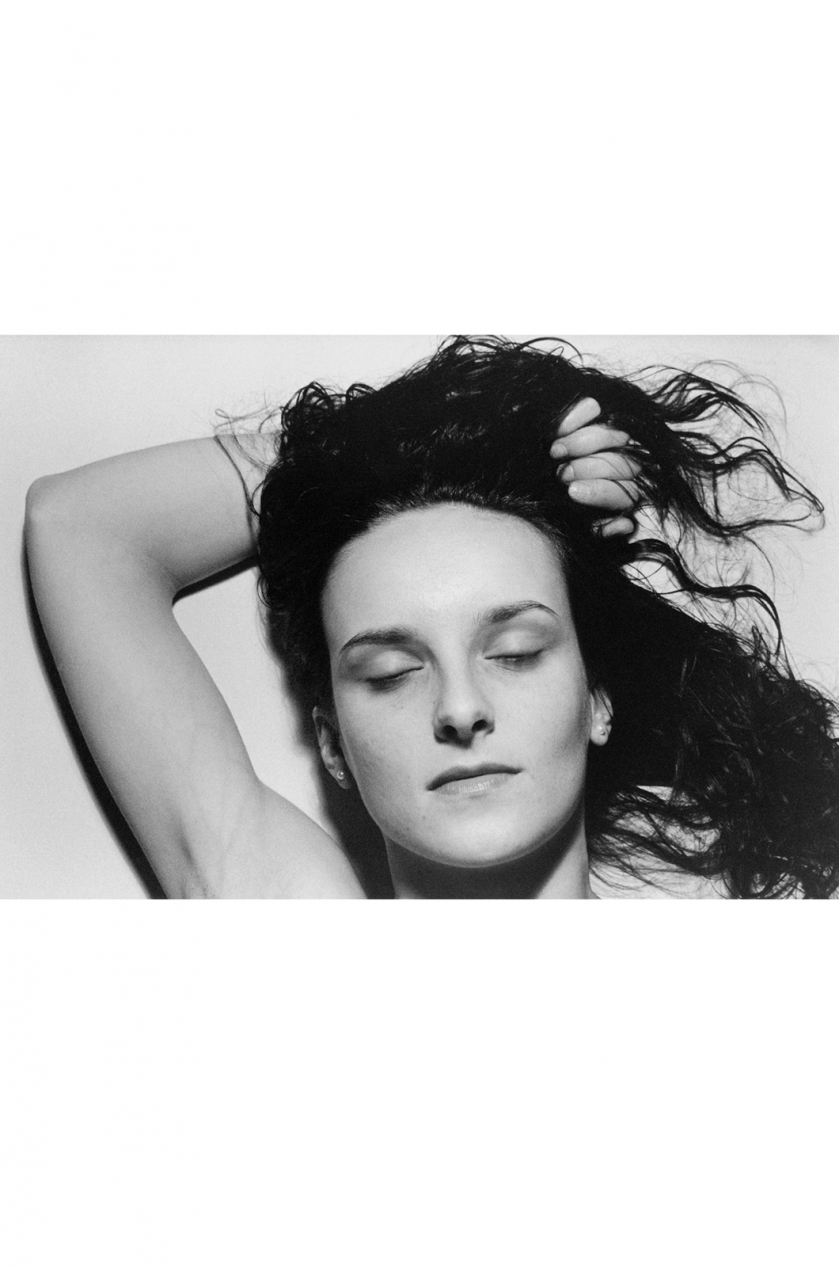
Graz, 1980 - © Seiichi Furuya/Chose Commune
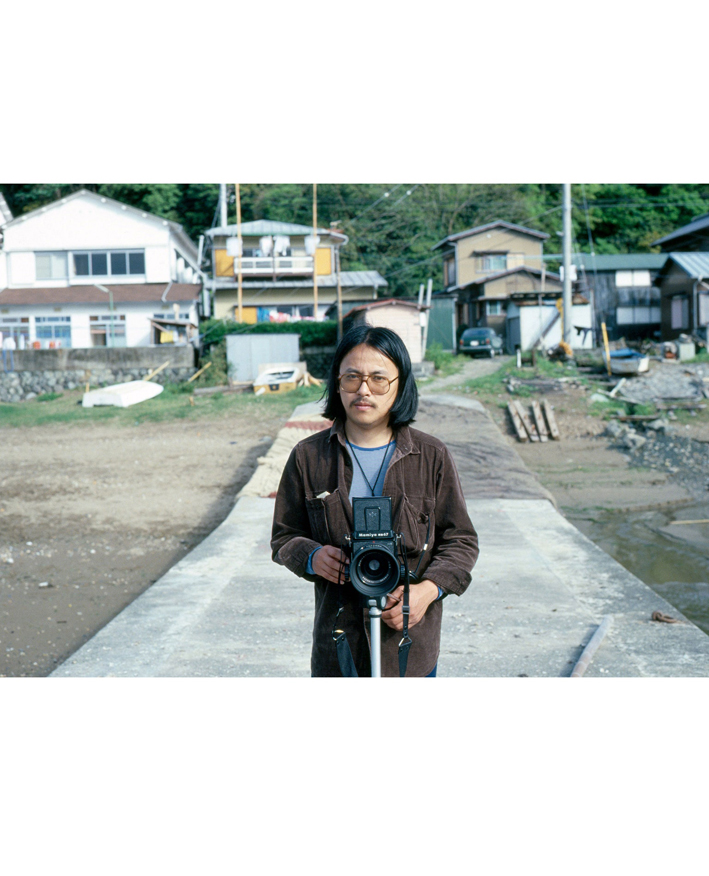
Izu, 1978 - © Christine Gössler/Chose Commune
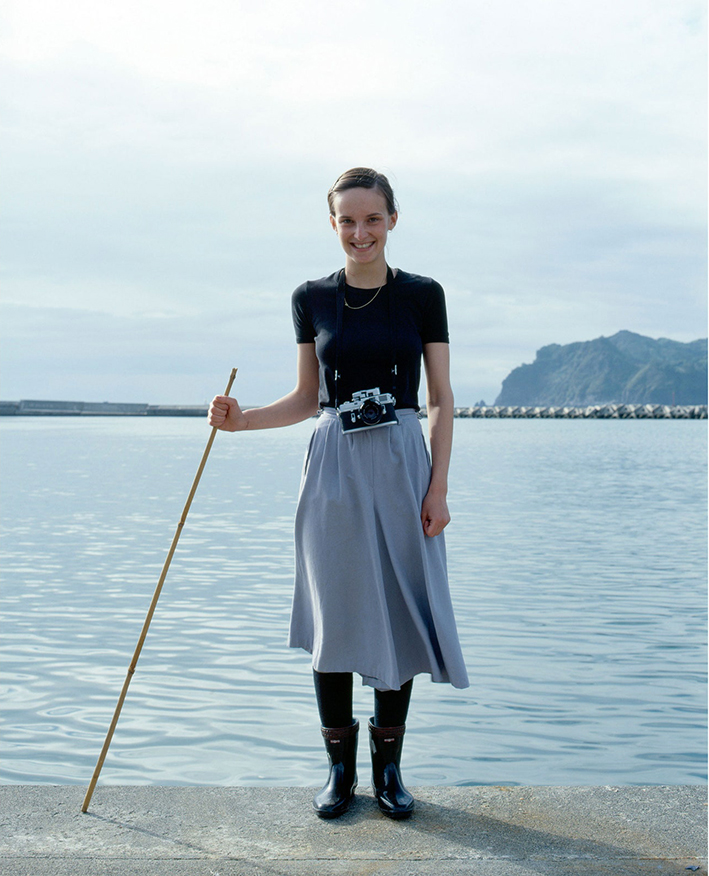
Izu, 1978 - © Seiichi Furuya/Chose Commune

East Berlin, 1985 - © Christine Gössler/Chose Commune
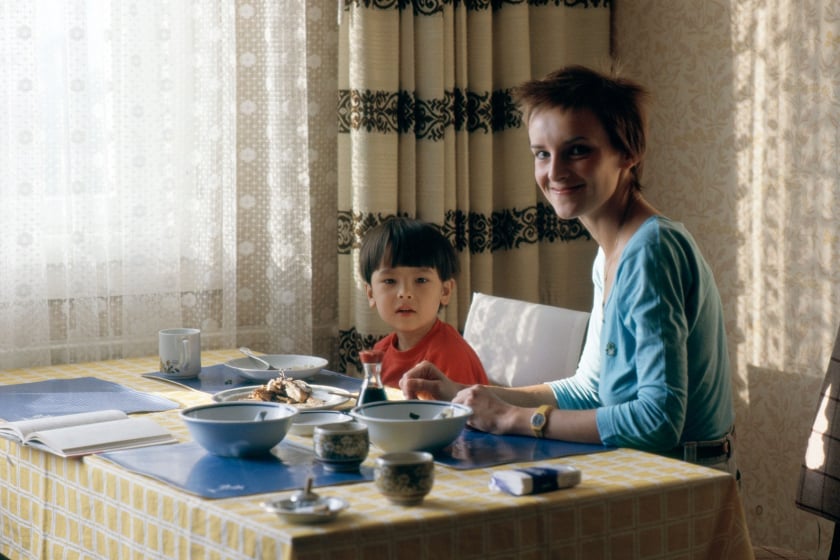
East Berlin, 1985 - © Seiichi Furuya/Chose Commune
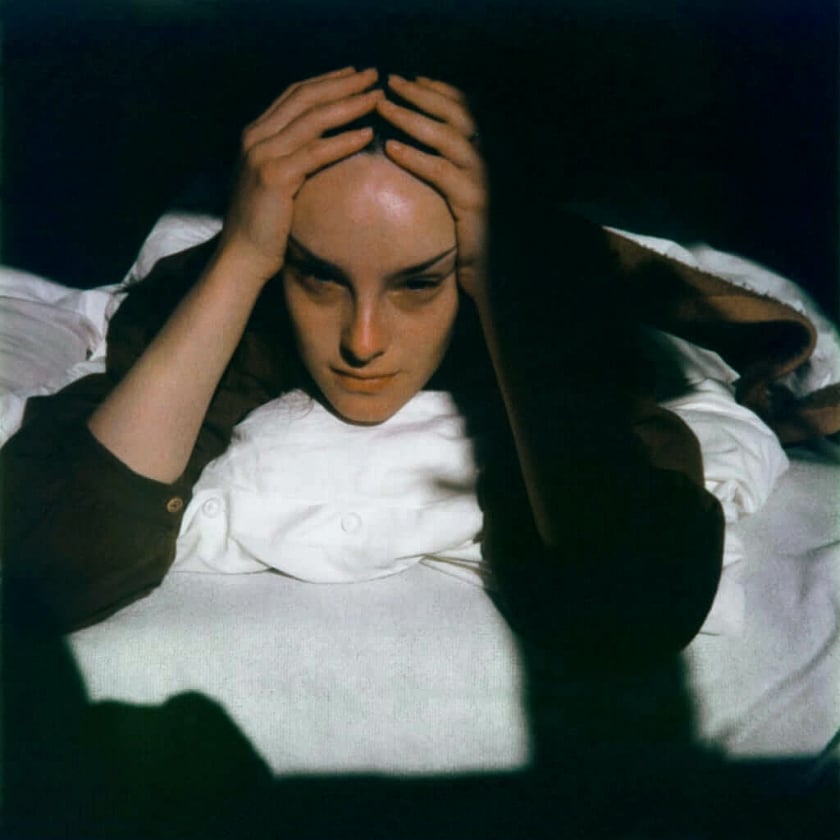
Graz, 1979 - Seiichi Furuya & Christine Gössler/Chose Commune






